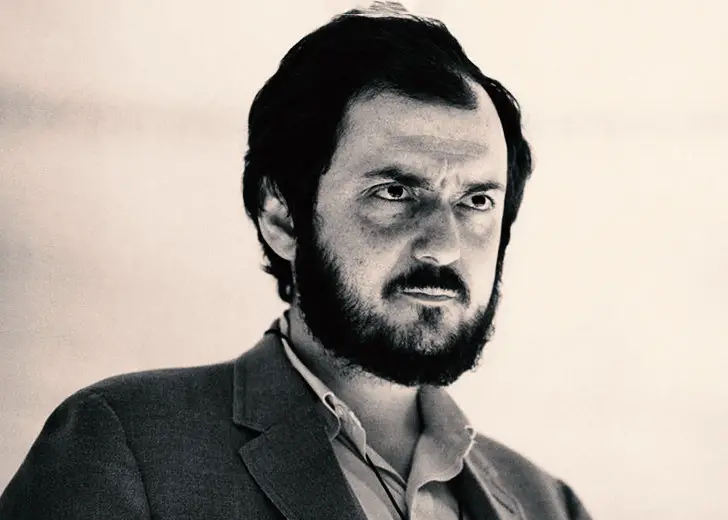How Stanley Kubrick’s '2001: A Space Odyssey’ Attempted Combining Religion and Science

Sci-fi has grown to be one of the biggest movie genres in the world. Throughout the years, we’ve had titles that explored some of the deepest questions about ourselves and the nature of existence.
The hugely popular Matrix movie series was set in a world where reality was a simulation, while the Terminator franchise painted a picture of a dystopian world where an AI had set out to eliminate all humans.
The list goes on and on, and there are plenty of sci-fi movies out there that have spread little-known thoughts and ideas to the masses.
With their imaginative worlds and vision of what could be our future, sci-fi movies have tried to portray many fictional scenarios, including those of alien life, divine beings, consciousness, and our purpose of existence.
And among the vast number of movies that fall into the sci-fi genre, 2001: A Space Odyssey is often considered a masterpiece among a handful of other works. Released in 1968, the epic science fiction by Stanley Kubrick holds up in its visuals and imagination to this day.
A favorite among many sci-fi aficionados, 2001: A Space Odyssey was a confusing watch with no explicit meaning for many viewers when it came out. To this day, people still debate about the true meaning of the movie and its weird but intriguing ending.
However, while very subtle, the meaning of the movie’s end hasn’t ever been elusive, and Kubrick himself has spelled it out in a phone interview.
‘2001: A Space Odyssey’ Ending Explained
In a 1980 phone interview with Jun’ichi Yaoi, Kubrick explained the idea behind the iconic movie’s ending.
The idea was supposed to be that he [David Bowman] is taken in by godlike entities, creatures of pure energy and intelligence who have no shape or form. They put him in what you could describe as a human zoo to study him. And his whole life passes in that room and he has no sense of time.
Kubrick further explained that the room holding Bowman has an inaccurate replica of French architecture.
The design and inaccuracy were deliberate, as he wanted to suggest that they had some idea of what a human’s natural habitat looked like but weren’t sure, just like how humans have done with many animals kept in captivity.
It was one of the earlier explorations of the idea of a higher being or alien life on the big screens after the Golden Age of Science Fiction (1938 to 1946).
The trope has since been used in many other movies. Kubrick then explained David Bowman’s (Keir Dullea) transformation into a completely different being.
When they [aliens/godlike entities] get finished with him, as happens in so many myths of all cultures in the world, he is transformed into some kind of super being and sent back to earth… transformed and made into some sort of superman and we now we only have to guess what happens when he gets back.
2001: A Space Odyssey also incorporated various aspects of science, religion, and mythology to add more layers to the movie.